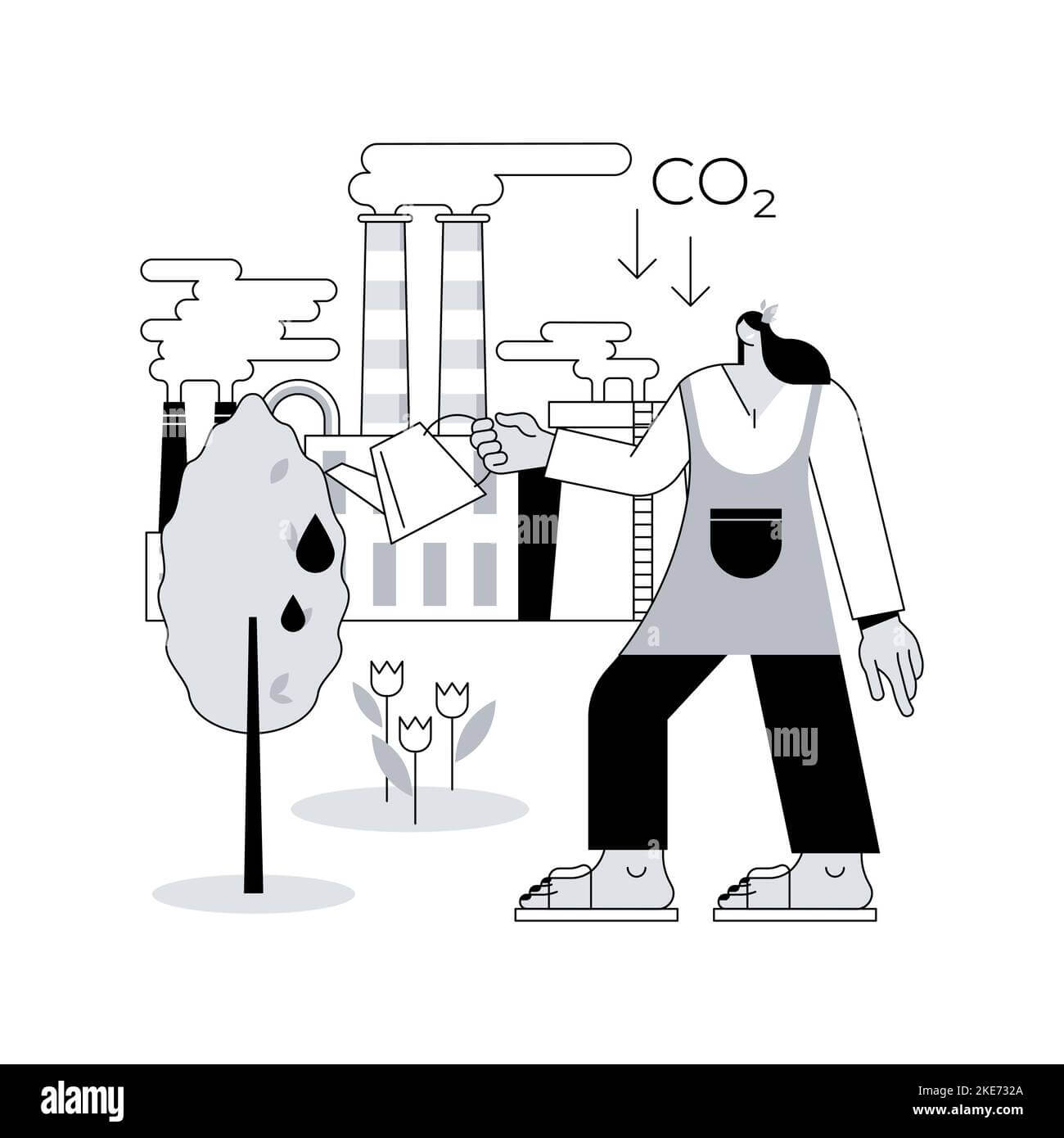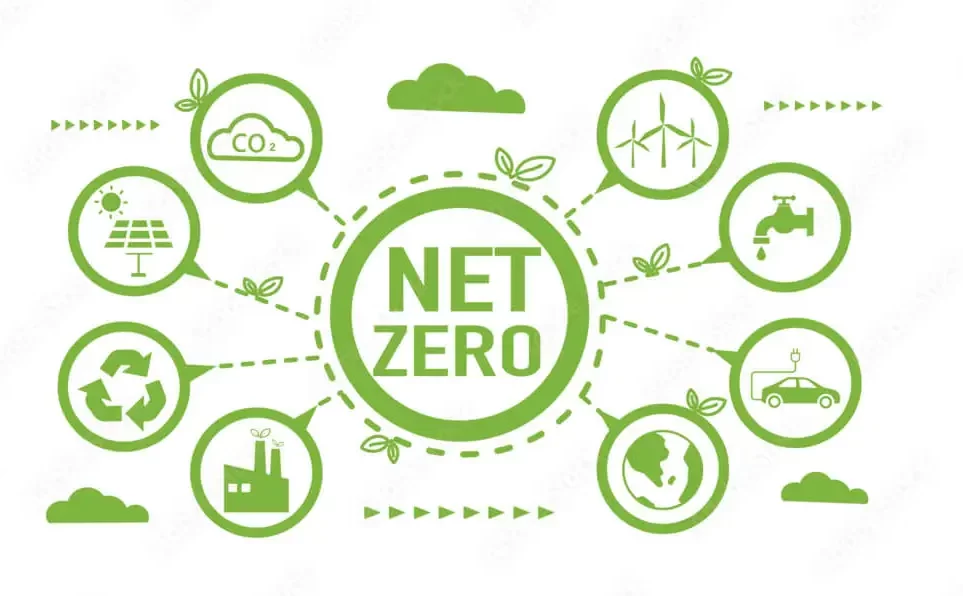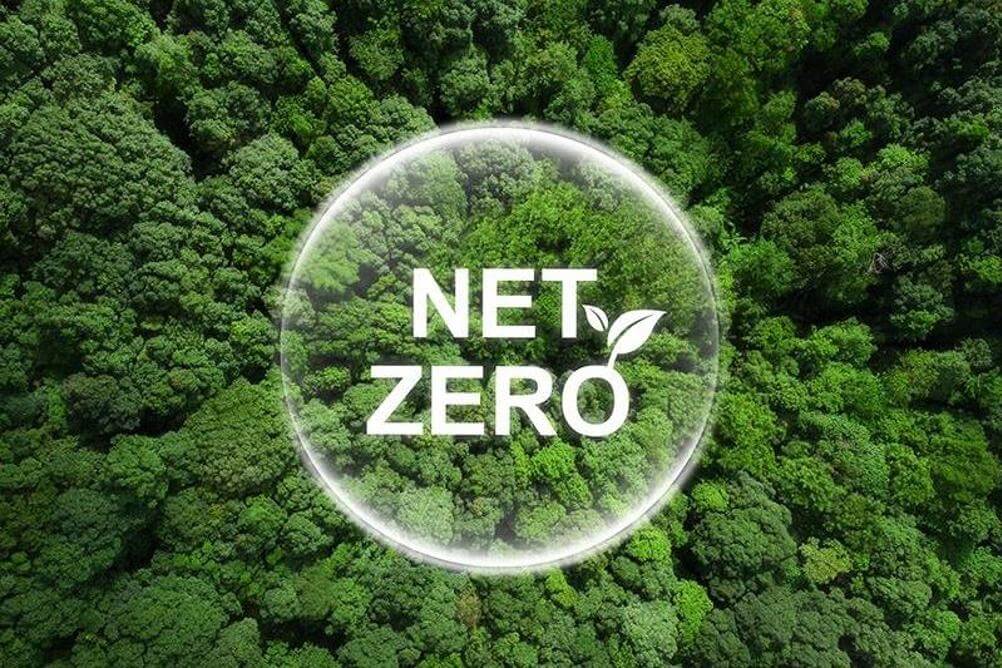Guide to Decarbonization in Banking
The concept of decarbonization has soared from the peripheries of corporate strategy straight into the spotlight of essential business practice. The financial sector, in particular, plays a pivotal role in the fight against climate change, with the power to bolster or block the green transformation. Embarking on a journey towards a carbon-neutral future challenges banks to innovate, adapt, and lead by example.
In this comprehensive guide, we delve into the critical aspects of how banks can not only reduce their carbon footprint but also become vanguards of climate action through innovative policies and proactive engagements.
Banks as Key Actors in Global Decarbonization

Banks are no longer mere financial intermediaries but act as global influencers and enablers of societal change. With their extensive investment portfolios, banks have a unique opportunity to steer capital towards sustainable development and low-carbon projects. This influence is not just a moral imperative; it’s a strategic necessity to mitigate risk and realize new business opportunities in a rapidly transforming market.
Laying the ground for a decarbonized banking sector starts with forging strong alliances between financial institutions, governments, and industry stakeholders. As part of this mission, understanding the full scope of carbon emissions tied to banking activities is paramount.
Understanding the Full Scope of Measurement
Banking operations are inextricably linked to a multitude of emissions sources, often categorized into three tiers of the greenhouse gas (GHG) protocol:
- Scope 1: Direct emissions from owned or controlled sources, such as bank branches and offices.
- Scope 2: Indirect emissions from the generation of purchased energy, such as electricity, heating, and cooling.
- Scope 3: All other indirect emissions that occur in a bank’s value chain, including financed emissions, which stem from investments and loans served by the bank.
By embracing a comprehensive view of emissions, banks can better inform their internal operations while also minimizing the carbon intensity of their financial products and services.
Measuring Financed Emissions: A Paradigm Shift in Risk Assessment
Financed emissions, also called “bank book emissions,” are often the largest component of a bank’s carbon footprint. The challenge for banks lies in accurately tracking and reporting these emissions, which emanate from the projects and companies they finance. A rigorous measurement of financed emissions calls for a reimagining of credit risk assessment that encompasses climate risk.
The analysis of these emissions entails understanding the sectoral, regional, and corporate exposure of banks’ loan portfolios. With the help of advanced climate data and analytics, banks can identify and manage the risks associated with carbon-intensive assets and anticipate market shifts towards a low-carbon economy.
Mapping Your Portfolio: A Strategic Approach
Implementing a comprehensive portfolio mapping exercise is crucial, as it enables banks to categorize their exposures to high carbon and unsustainable activities. By conducting regular audits and establishing benchmarks, banks can track their progress, set targets, and adjust strategic investment and lending practices accordingly.
Collecting the Right Data: A Necessity for Informed Decision-Making
Sound decision-making requires a robust database of high-quality emissions data. Banks must establish protocols for data collection, verification, and disclosure that align with established reporting frameworks, such as the Global Reporting Initiative (GRI), the Carbon Disclosure Project (CDP), and the Task Force on Climate-related Financial Disclosures (TCFD).
Measuring Supply Chain Emissions: Chains of Impact
Looking beyond their direct operations, banks must also assess the sustainability performance of their suppliers. By measuring and reducing supply chain emissions, banks can extend their influence and lower the environmental impact of the materials and services they procure.
Focusing on the Most Strategic Suppliers: Prioritizing Impact
Not all suppliers are equal in their environmental impact. Banks should identify strategic suppliers that contribute the most to their carbon footprint, and work closely with them to develop and implement sustainable practices. Procurement policies that favor low-carbon alternatives can further drive emissions reduction across these supplier bases.
Target Setting: Ambitious Aims and Measured Milestones
Setting meaningful targets is a crucial step in the decarbonization journey. Banks should adopt a science-based approach to goal setting that aligns with international climate agreements. Science-based targets provide a clear trajectory for emissions reduction that is both robust and aligned with global transition pathways.
Collaborative Reduction: The Power of Partnerships
No bank is an island in the fight against climate change. Collaboration with industry peers, clients, NGOs, and regulators can amplify the impact of emissions reduction efforts. This solidarity is particularly potent in developing common methodologies, sharing best practices, and fostering innovation in carbon accounting and reduction.
Sustainability-Linked Loans: Incentivizing Transformation
Banks have the power to incentivize their clients’ sustainability journey through innovative financial products. Sustainability-linked loans tie the interest rate to the borrower’s sustainability performance, effectively rewarding companies that achieve their environmental targets with more favorable financing terms.
Reporting Your Progress: Transparency as a Catalyst for Change
Regular and transparent reporting of decarbonization efforts is essential to building trust with stakeholders and demonstrating the effectiveness of sustainability initiatives. Standardized and clear communication about actions taken, progress made, and challenges faced can help bolster a bank’s reputation and promote accountability.
Embracing Financial Sustainability Regulations
As the international community galvanizes toward a net-zero future, regulatory frameworks around the world are evolving to reflect the urgency of addressing climate change. Complying with and often exceeding these standards is not only a compliance exercise but also a strategic imperative that ensures banks are well-positioned for the low-carbon transition.
Leveraging Technology for a Greener Tomorrow
Technology, particularly digital channels and data analytics, can significantly enhance a bank’s decarbonization efforts by improving efficiency, reducing waste, and enabling more informed decision-making. Investments in innovative carbon accounting platforms and sustainable finance technology (Sustainable Finance-as-a-Service, or SFAAS) are integral to a bank’s evolving tech stack.
Facilitating Financing for Climate Tech
Banks have a unique opportunity to foster the growth of the emerging climate tech sector by providing specialized financing and advisory services. By backing innovative solutions that address the climate challenge, banks can not only catalyze the development of sustainable technologies but also create new revenue streams.
In Conclusion: Aligning Profit with Planet
The journey to decarbonizing the banking sector is one of strategic reinvention, technological innovation, and collaborative transformation. With a clear roadmap that encompasses measurement, reduction, and disclosure, banks can lead the way towards a more sustainable, resilient, and profitable future.
For banks ready to take decisive steps towards decarbonization, partners like Leaf Sustainable Impact are essential. Leaf offers a suite of innovative products and services designed to empower banks in their journey towards environmental sustainability. With expertise in carbon accounting, emissions monitoring, and sustainable tech deployment, Leaf is dedicated to supporting the transition of the banking sector to a low-carbon, high-impact model.
As we forge ahead into this new era of environmental responsibility, every decision we make, every target we set, and every technology we adopt brings us closer to a net-zero reality. It’s time for banks to not only embrace this change but to drive it with the urgency and innovation that the climate crisis demands. Together, we can make finance a force for good in the fight against climate change.
¿Cuáles son las causas de la huella de carbono? Desde las actividades cotidianas hasta los impactos industriales, aprenda a mitigar eficazmente su huella ambiental.
Los Programas Globales Net Zero lideran el avance hacia la sostenibilidad. Desde las políticas innovadoras de América Latina al Green Deal de la UE, esta guía ilumina el camino hacia un futuro más verde para empresas, responsables políticos y particulares.
Las estrategias Net Zero en finanzas para combatir el cambio climático. Esta guía para profesionales de las finanzas ofrece una hoja de ruta hacia la sostenibilidad, los beneficios y la innovación.
Impulsionar a Revolução Verde: A Comprehensive Guide to Banking Decarbonization. Esta leitura essencial para as instituições financeiras descreve os passos transformadores para alcançar a neutralidade carbónica.
El futuro de las finanzas: El camino estratégico de los bancos hacia el cumplimiento de la norma Net Zero. Descubra cómo los bancos pueden liderar el avance hacia un futuro sostenible alineándose con la Net Zero Banking Alliance.
El papel fundamental de Net Zero en la transformación del sector financiero hacia la sostenibilidad. Esta completa guía profundiza en estrategias prácticas, ejemplos pioneros y el futuro de la banca con objetivos Net Zero.
Alianza Financiera de Glasgow para el Net Zero (GFANZ): Una iniciativa innovadora que une a las principales instituciones financieras del mundo en la búsqueda de un futuro sostenible. Descubra cómo la GFANZ está dirigiendo el sector financiero mundial hacia las emisiones netas cero para 2050, alineando miles de millones en activos con los objetivos del Acuerdo de París.







